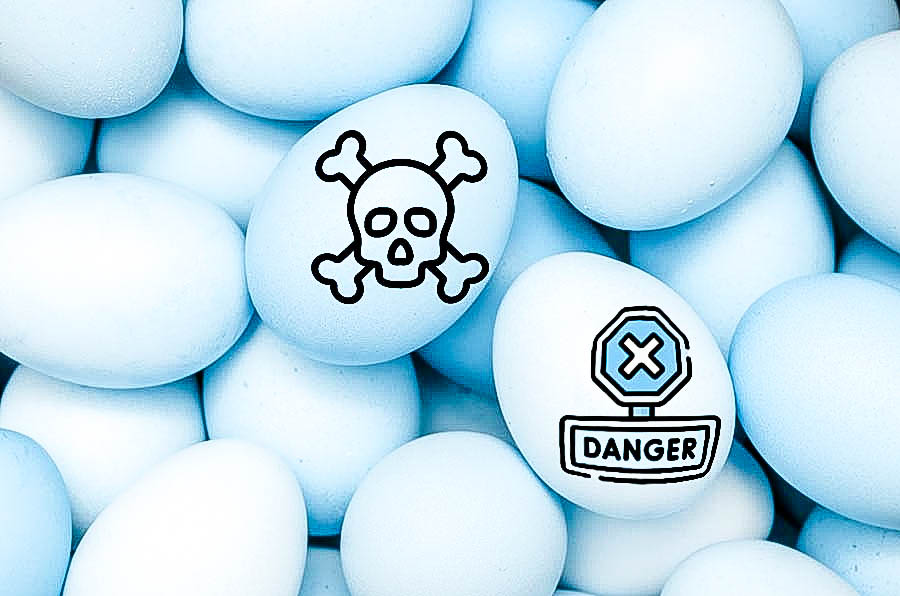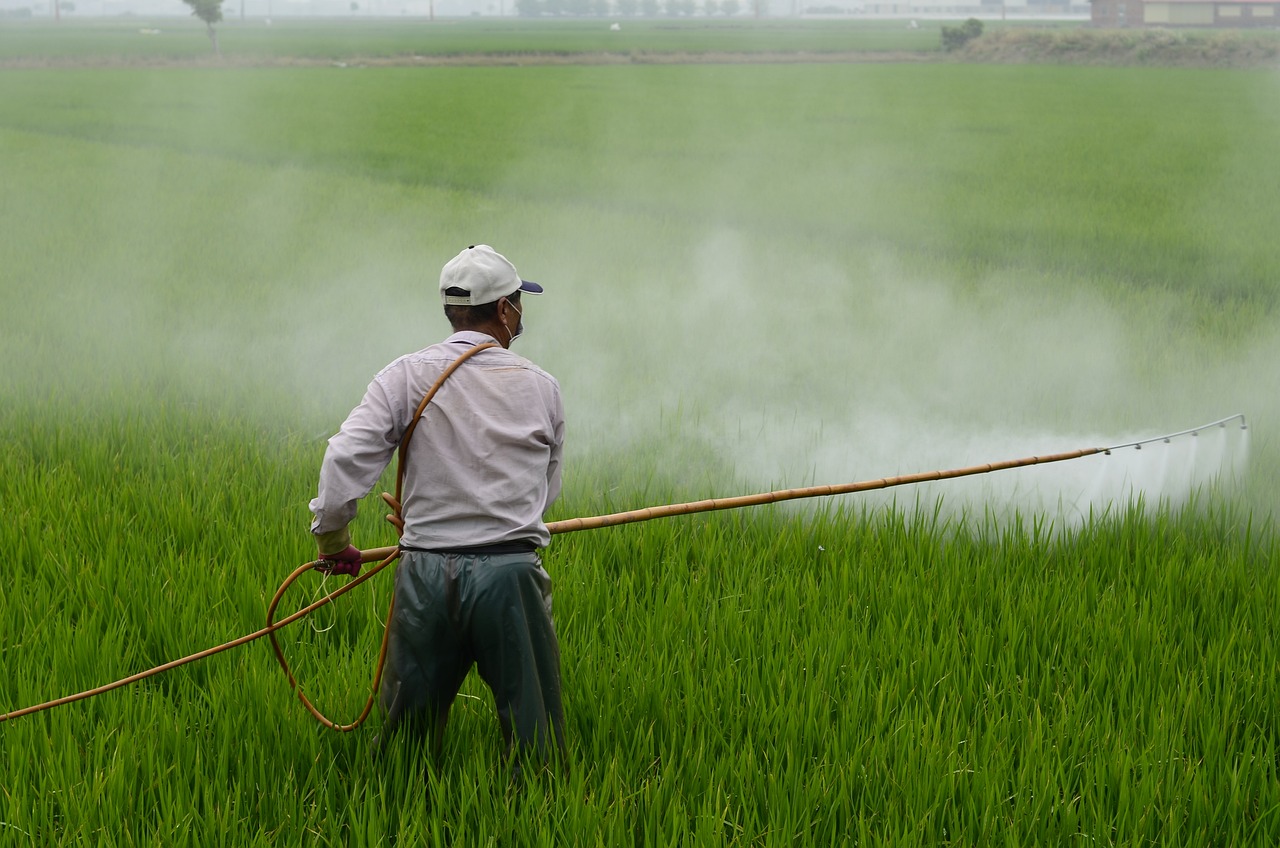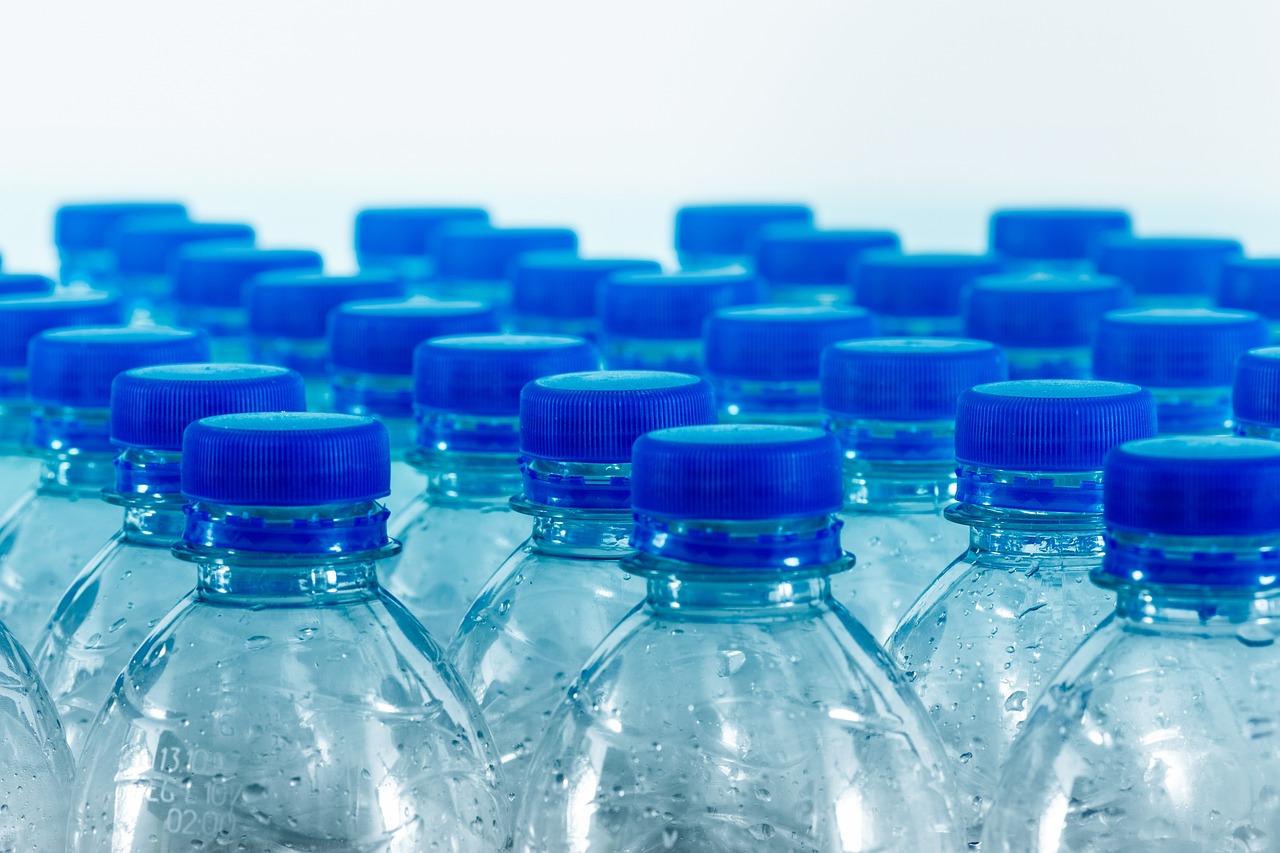Persistent organic pollutants (POPs) are toxic compounds that remain in the environment for long periods and accumulate in the food chain. They include dioxins, polychlorinated biphenyls (PCBs), per- and polyfluoroalkyl substances (PFASs), brominated flame retardants, and other POPs listed under the Stockholm Convention on Persistent Organic Pollutants. These chemicals pose serious risks to human health, such as cancer, thyroid dysfunction, and reproductive problems.
A recent study, "POPs in Eggs from Two Sites in Kenya", conducted by CEJAD in collaboration with IPEN and ARNIKA, revealed alarming levels of persistent organic pollutants (POPs) in free-range chicken eggs collected near waste incineration sites. The contamination levels exceeded those measured in a reference sample from a supermarket by several times, along with elevated levels of HBCD. This suggests that medical waste incinerators are a major source of dioxins and furans, which are released during the burning of medical waste.
The findings raise serious concerns about the impact of open burning and waste incineration on food safety, public health, and the environment. Free-range chickens scavenge in open areas for food, often ingesting toxins from dust, ash, and contaminated materials resulting from these practices. These toxins accumulate in their bodies and are then transferred to their eggs, which are later consumed by humans. This highlights how unregulated open burning and waste incineration directly impact food safety and, consequently, human health.
According to the report, urgent action is needed to protect human and animal health, as well as the environment, from persistent organic pollutants (POPs)—particularly dioxins, furans, and PCBs—that accumulate in eggs near waste sites in Kenya. This includes strengthening waste management laws to regulate and reduce open waste burning, a major source of dioxin and furan contamination, and promoting environmentally sound disposal practices.
Adopting safer waste management technologies can prevent the release of highly toxic chemicals like dioxins and PCBs into the environment, particularly from uncontrolled waste incineration and improper disposal of hazardous materials. Additionally, enhancing food testing capacity is crucial for monitoring contamination levels in food products, ensuring public health safety by detecting and preventing exposure to hazardous pollutants.







